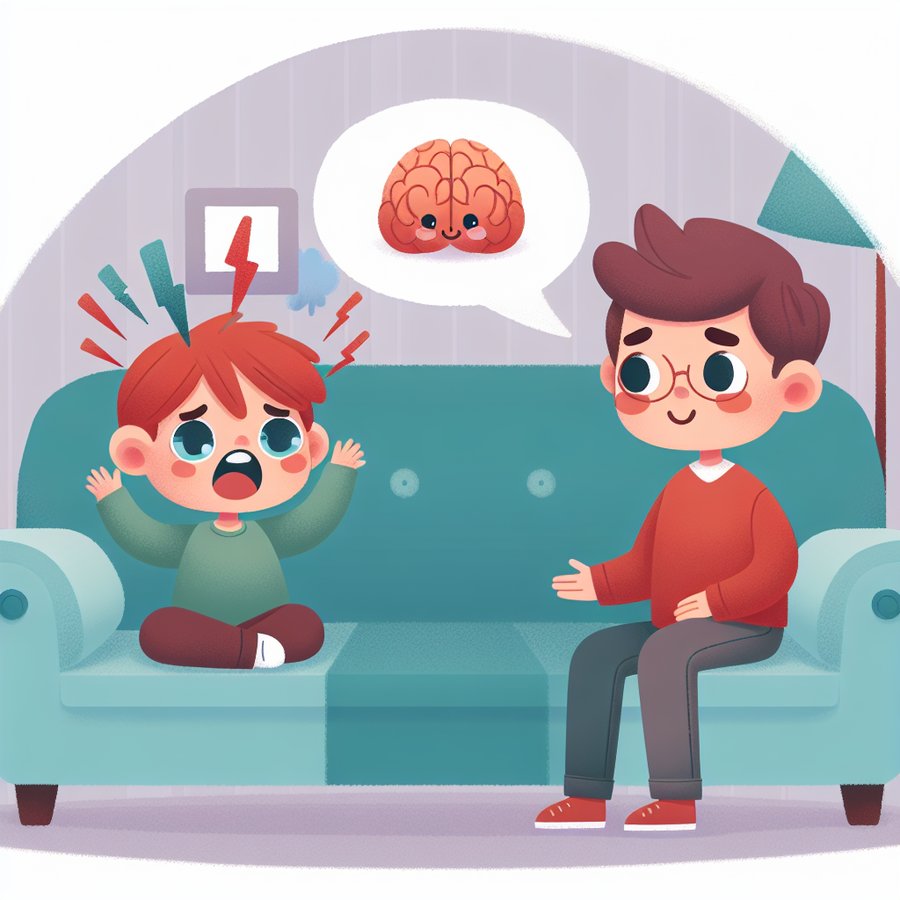Understanding pediatric migraine: Signs and response is crucial for parents and caregivers who are on the frontline of ensuring the health and wellbeing of their children. Migraines in children, often overlooked or misdiagnosed, can significantly impact a child’s quality of life. This comprehensive guide aims to shed light on the critical aspects of pediatric migraines, including identifying signs and formulating effective responses.
Recognizing the Signs of Pediatric Migraine
Pediatric migraines often manifest differently than in adults, making them challenging to recognize. Key symptoms include throbbing headache, sensitivity to light or sound, nausea, and vomiting. Children may also experience abdominal pain and mood changes as part of their migraine episodes. It’s crucial for parents to observe their child’s behavior closely and note any recurrent patterns that might suggest a migraine.
Understanding pediatric migraine: Signs and response also involves recognizing prodrome and aura phases, which can precede the headache phase. Prodrome symptoms might include changes in mood or appetite, while aura symptoms could involve visual disturbances or difficulty speaking. Awareness of these phases can help parents anticipate a migraine and take early action.
Understanding Pediatric Migraine: Signs and Response
Once you’ve recognized the signs, understanding how to respond is the next crucial step. Immediate responses can include creating a quiet, dimly lit environment for your child to rest. Over-the-counter pain relief medications, when used under the guidance of a pediatrician, can also provide relief. Additionally, keeping a migraine diary can be invaluable in identifying triggers and patterns, which is essential for long-term management strategies.
For comprehensive care, consulting a pediatric neurologist or headache specialist who understands pediatric migraine: Signs and response is advised. They can offer tailored advice and may prescribe specific medications or recommend lifestyle changes, such as dietary adjustments and establishing a regular sleep schedule, to help manage the condition.
Preventive Measures and Lifestyle Adjustments
Prevention plays a key role in managing pediatric migraines. Ensuring your child gets enough sleep, stays hydrated, and follows a balanced diet can significantly reduce the frequency of migraine episodes. Avoiding known triggers, such as certain foods, stress, and excessive screen time, is also crucial. Physical activity and relaxation techniques, like yoga or meditation, can further help in managing stress, which is often a trigger for migraines.
In addition to lifestyle changes, regular follow-ups with a healthcare provider are essential. This ensures that any adjustments to treatment plans are made based on your child’s evolving needs. Education about headache disorders and participation in support groups can also provide additional layers of support for both the child and the family.
In conclusion, understanding pediatric migraine: Signs and response is vital for the effective management of this condition in children. By recognizing the signs early, responding appropriately, and making necessary lifestyle adjustments, parents can help their children lead happier, healthier lives despite the challenges of dealing with migraines. Remember, you’re not alone in this journey, and support is available to help you navigate the complexities of pediatric migraine management.
For further reading on child health and safety, explore our articles on Sun Protection Tips for Babies, Recognizing Signs of Food Allergies in Infants, and Essential First Aid Skills Every Parent Should Know.













